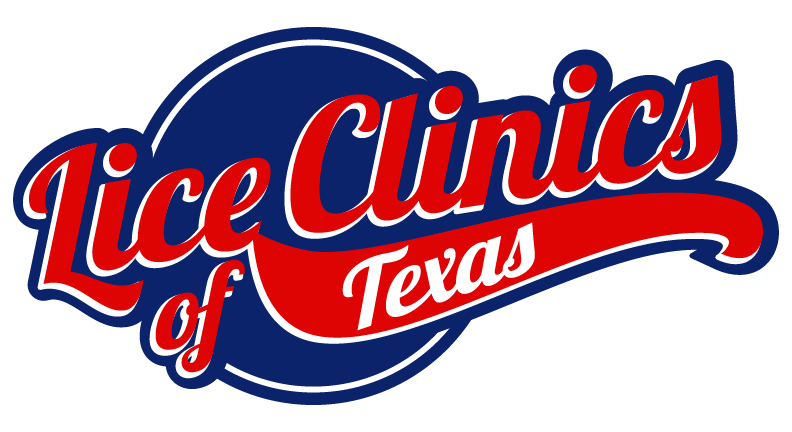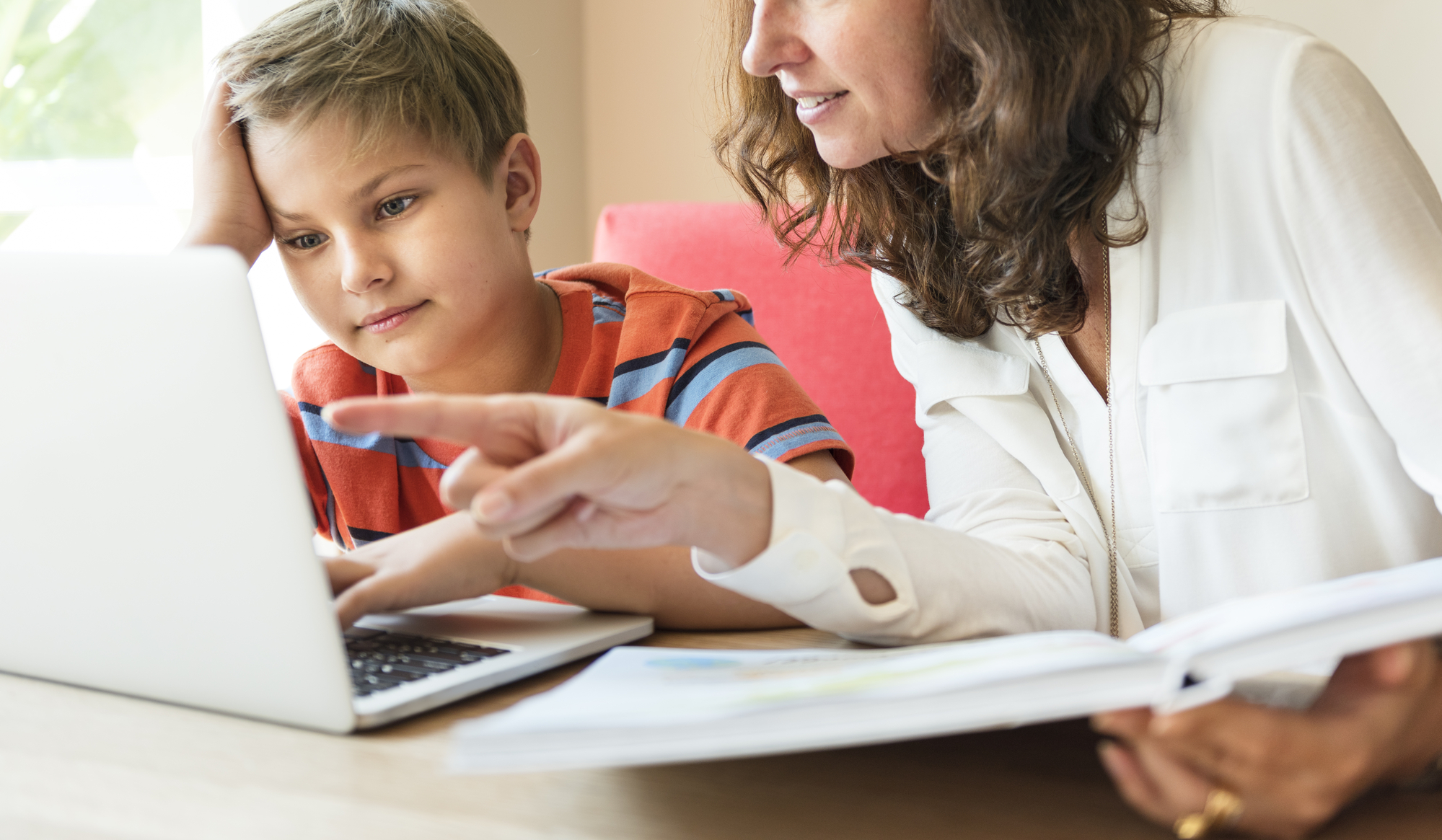While the whole country is taking a time out from normal activities many people are opting to stay at home with their families. Our state and local leaders have asked us all to avoid unnecessary contact with others and stay at home to prevent the spreading of COVID-19. How does being homebound affect head lice?
Direct Head to Head Contact is Almost Inevitable
We recommend that at the start of this whole ordeal that you screen each member of your household for head lice. Head lice are most often passed from direct contact with the scalp of someone who has adult head lice or nits present. With extended periods of time that you are cuddling up on couches, reading books, sleeping late or binge-watching Netflix with your kiddos, there is definitely the chance head lice could be passed around your family. Encouraging hugs, helping with homework, sharing hairbrushes, using the same towel, or laying your heads together on a pillow: these are all scenarios parents will most likely find themselves in during the upcoming weeks with their children where head lice can be passed from one person to another.
Start With the Kids
Head lice most often occur in children between the ages of 3-10 because of their involvement with other children. Although this is true, we are seeing an influx of tweens and teens with head lice as well in recent years. As your kids are coming home from school for long periods of time, first double-check that they are not showing symptoms of head lice. This will go a long way in preventing head lice from spreading throughout your family members.
What Should I Look For?
The trick to finding head lice is knowing what to look for. Adult head lice scurry away quickly from sunlight and can burrow into skin or hair strands to avoid being found. We recommend using a nitpicking comb to sift through hair strands. Get a white towel and a bowl of clean water. Each time you comb through the hair wipe the nitpicking comb off onto the towel, and then clean it off in the bowl of water. Exam any findings on the white towel. Adult head lice are sesame seed-sized insects, brown in color and an active case of head lice will find on average about 15-30 adults on a scalp at a time.
Nits are a clear indication that you have head lice. Transparent or yellowish in color, lice eggs are cemented to the base of hair strands by the mother louse. She uses a glue-like secretion to stabilize her eggs to hair strands, preventing them from flaking off as dandruff would. The average female only mates once in her life and is able to lay eggs until she dies. Females lay between 7-10 eggs per day.
Itching on the scalp is a large symptom that could indicate a problem. Lice fecal matter and saliva leave traces on the scalp and irritate the skin. After several weeks of head lice living on the scalp, the itching will most likely start. Red, small bumps or irritations on the scalp are a sign of bite marks or rashes from head lice. Night time is the active period for head lice, so many children also have trouble sleeping because of the feeling of head lice crawling through their hair.
Remember, Head Lice Are Not a Health Hazard
Mosquitos can transfer Malaria and Nile Virus. Ticks can transfer Lyme Disease. Head lice do not transfer any disease or viruses. Head lice are a problem and a bother, but no one is seriously in danger.

